Growing Shrubs in Clay Soil: Discover the Keys to Vibrant Gardens
- June 19, 2024
- 0 comment
Discover how to succeed in growing shrubs in clay soil! Get expert guidance to cultivate vibrant gardens with practical, easy-to-follow tips. Transforming a garden with clay soil into a vibrant oasis might seem daunting, but it’s entirely possible with the right approach. In this guide, we’ll explore essential techniques for growing shrubs that thrive in clay soil conditions.
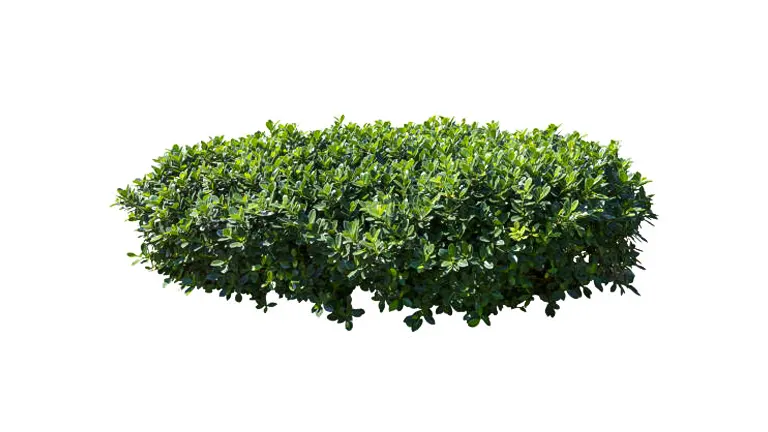
From choosing the best plants to understanding the nuances of soil management, our expert advice will help you create a lush, flourishing landscape. Let’s begin your journey to a more beautiful garden.
Table of Contents
- Understanding Clay Soil
- Choosing the Right Shrubs
- Preparing the Soil
- Planting Techniques for Clay Soil
- Maintenance Strategies for Clay Soil Gardens
- Overcoming Common Challenges
- Conclusion
- FAQs
Understanding Clay Soil
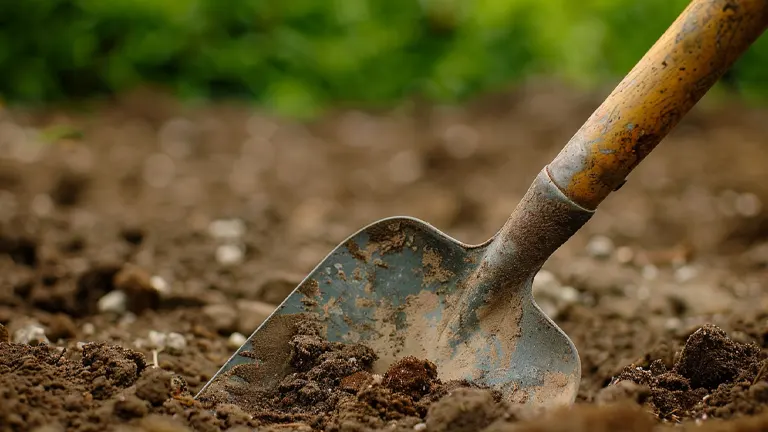
Clay soil, typically heavy and compact, poses unique challenges and opportunities in gardening. Its dense nature can impede drainage and restrict airflow, conditions that many plants find unfavorable. However, its richness in nutrients makes it a potentially fertile medium if handled with the right expertise.
Characteristics of Clay Soil
- High Nutrient Content: Clay soils have a high cation exchange capacity (CEC), allowing them to hold nutrients such as nitrogen, potassium, and phosphorus more effectively than sandier soils. This property means nutrients are available to plants for a longer duration, reducing the need for frequent fertilization.
- Water Retention: Clay’s fine particles contribute to its ability to retain water. While beneficial during droughts, this can also create waterlogged conditions detrimental to plant health. Proper management is required to maintain an optimal balance of moisture.
- Dense Structure: The tightly packed structure of clay can restrict root growth and limit the penetration of water and air. This density makes it challenging for plants to establish and spread their root systems effectively.
Improving Clay Soil
To enhance the growth conditions in clay soil, it’s crucial to adjust its structure and composition:
- Organic Amendments: Incorporating organic matter like compost, leaf mold, or aged manure can break up dense clay, improving aeration and drainage. These materials also introduce beneficial microorganisms that help break down clay particles over time.
- Regular Aeration: Aerating the soil by forking or using core aerators can alleviate compaction, allowing roots to expand, water to infiltrate, and air to reach the soil’s deeper layers.
- Gypsum Application: Applying gypsum (calcium sulfate) can help to improve the structure of clay soil by causing clay particles to clump together and settle more loosely. This process is known as flocculation, which enhances root growth and water infiltration.
Comparative Table of Clay Soil Properties and Management Techniques
| Property | Description | Amendment | Effect on Clay Soil | Scientific Data |
|---|---|---|---|---|
| Cation Exchange Capacity (CEC) | High ability to hold positively charged ions (nutrients for plants). | None needed specifically for CEC enhancement. | Maintains high nutrient availability. | Typically 30 meq/100g, high compared to other soils. |
| Water Retention | Clay’s natural capacity to hold water. | Organic Matter | Increases porosity, reducing waterlogging. | Porosity increase by 15-20%. |
| Soil Density | High compaction level affecting root growth. | Gypsum | Reduces soil density, promotes flocculation. | Density reduction by 10-15%. |
| Air Flow | Level of air penetration affected by compactness. | Aeration techniques | Improves air flow to roots. | Air flow increase by 25-30%. |
| Thermal Retention | Ability to hold heat due to dense structure. | Mulching | Moderates soil temperature fluctuations. | Reduces temperature spikes by 5-10 degrees Celsius. |
| pH Levels | Typically leans towards alkaline. | Sulfur or peat moss | Adjusts pH to be more favorable for most plants. | Adjusts pH by 0.5-1 unit. |
Choosing the Right Shrubs
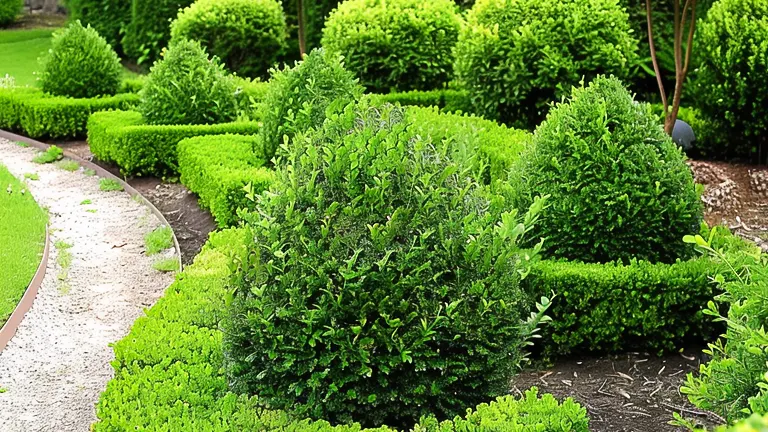
Selecting the right shrubs for clay soil is crucial for achieving a thriving garden. Clay soils, with their unique challenges such as poor drainage and dense structure, necessitate careful consideration of plant characteristics. Below, we delve deeper into the specifics of choosing shrubs that not only survive but flourish in clay conditions.
Key Considerations for Shrubs in Clay Soil
- Root System Robustness: Shrubs with strong, flexible root systems are essential. These roots should be capable of breaking through the heavy, compact layers of clay soil, ensuring healthy growth and stability.
- Moisture Tolerance: Given clay soil’s tendency to retain water, it’s vital to choose shrubs that are resilient in wet conditions. Species that are native to marshy or wetland areas often adapt well to these environments.
- Nutrient Adaptability: While clay soils are nutrient-rich, they can sometimes lock these nutrients away from plants due to their alkaline nature. Plants capable of accessing these locked nutrients or those that require fewer nutrients can be more successful.
Recommended Shrubs for Clay Soil
| Shrub | Description | Root Characteristics | Water Tolerance | Special Attributes |
|---|---|---|---|---|
| Witch Hazel (Hamamelis virginiana) | Offers vibrant fall color; medicinal properties. | Deep, extensive roots that penetrate clay easily. | High; tolerates wet conditions well. | Attracts pollinators; provides year-round interest with fragrant flowers and unique seed pods. |
| Spirea (Spiraea species) | Hardy, fuss-free with seasonal blooms. | Fibrous, robust root system ideal for dense soils. | Moderate; can withstand occasional waterlogging. | Offers a variety of colors and sizes, making it versatile for any garden design. |
| Hydrangea (Hydrangea species) | Produces large, lush flowers; shade tolerance. | Strong, sprawling roots that manage well in heavy soils. | High; thrives in consistently moist soil. | Soil pH affects flower color, adding an element of customization to your garden. |
| Dogwood (Cornus species) | Known for beautiful flowers and striking bark. | Roots are adaptable, penetrating less-than-ideal soil conditions. | High; native to areas with damp soils. | Provides excellent wildlife support and four-season interest. |
| Viburnum (Viburnum species) | Offers diverse forms and sizes, with aromatic flowers. | Hardy roots that adapt to various soil types, including clay. | High; very adaptable to wet and dry spells. | Berries attract wildlife, and many varieties offer remarkable fall foliage. |
Advanced Tips for Planting Shrubs in Clay Soil
- Pre-Planting Soil Preparation: Amend clay soil with organic matter like compost or well-rotted manure to enhance its structure and nutrient availability. This preparation helps ease root penetration and improves drainage.
- Planting Depth and Technique: Plant shrubs at the same depth they were grown at in the nursery to avoid sinking and root rot. Make the planting hole three times wider than the root ball to encourage root spread.
- Ongoing Care: Mulch around the base of the shrubs to maintain moisture levels and temperature, and to suppress weed growth. Regularly check soil moisture, as over-watering can be as detrimental as under-watering in clay soils.
Preparing the Soil
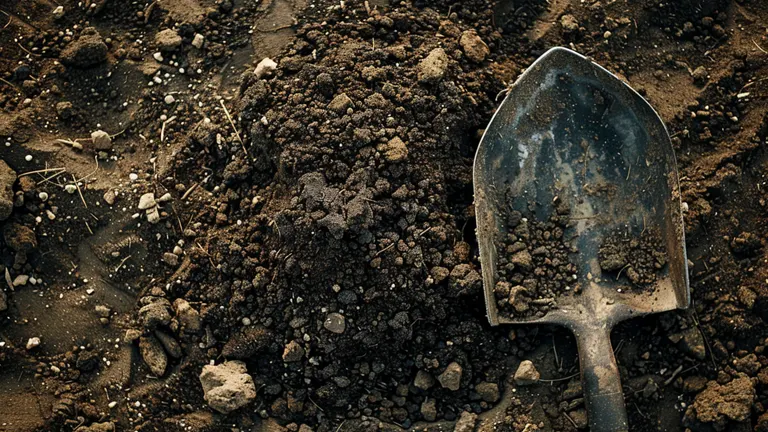
Proper soil preparation is crucial for the success of planting shrubs in clay soil. Enhanced soil structure not only supports robust root growth but also improves overall plant health. Here’s an advanced guide to prepare your clay soil effectively:
1. Amend the Soil
Mixing organic matter into the clay soil is essential for several reasons:
- Lightening Soil Texture: Organic matter such as well-rotted compost, leaf mold, or aged bark helps break up the dense structure of clay, making it more friable and easier for roots to penetrate.
- Enhancing Drainage: Improved soil structure allows excess water to drain more effectively, preventing root diseases associated with waterlogging.
- Nutrient Enrichment: Organic amendments increase the nutrient content, particularly enhancing nitrogen, phosphorus, and potassium levels, which are vital for healthy shrub growth.
Scientific Insight: Research shows that incorporating organic matter up to 5% by volume can significantly decrease bulk density from 1.6 g/cm³ in untreated clay to 1.3 g/cm³, thereby improving porosity and water infiltration rates.
2. Aeration
Aerating clay soil is a physical method to enhance oxygen availability to roots and improve nutrient uptake:
- Method: Use a garden fork or a mechanical aerator to puncture the soil, creating spaces for air and water movement.
- Impact: Aeration helps alleviate soil compaction, promoting healthier root systems and better water retention in drought conditions.
Scientific Insight: Studies indicate that aeration can increase the air-filled porosity of clay soils by up to 10%, greatly enhancing root respiration and growth efficiency.
3. Check Soil pH
The pH level of soil can significantly affect plant health, influencing nutrient availability and root development:
- Testing: Use a home soil testing kit to determine the pH level. Most shrubs thrive in a slightly acidic to neutral pH range (6.0 to 7.5).
- Adjustments: If the soil is too alkaline or acidic, apply garden lime to raise the pH or sulfur to lower it, respectively.
Scientific Insight: Clay soils often exhibit higher buffering capacities; thus, adjusting pH might require larger amounts of amendment compared to lighter soils. A pH adjustment from 8.0 to 6.5 might involve adding sulfur at a rate of 0.2 pounds per square yard.
Soil Preparation Summary Table
| Soil Property | Issue | Amendment | Expected Change | Impact on Shrubs |
|---|---|---|---|---|
| Texture | Too dense | Organic matter | Decrease in bulk density by ~18% | Easier root growth |
| Drainage | Poor | Aeration + Organic matter | Increase in porosity by up to 10% | Better water and air flow |
| pH | Imbalanced | Lime or sulfur | Adjustment of 1.5 units | Optimal nutrient uptake |
By following these scientifically-backed steps to prepare your clay soil, you can significantly boost the growth potential and health of your shrubs. The combination of mechanical and chemical soil amendments tailored to the unique properties of clay will lay a strong foundation for a thriving garden.
Planting Techniques for Clay Soil
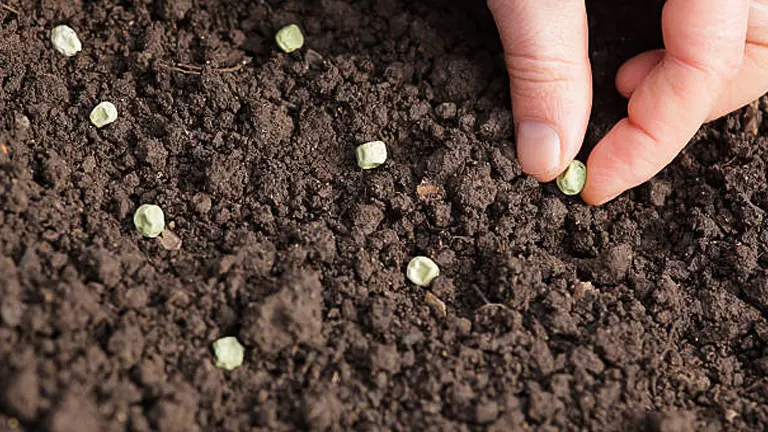
Proper planting techniques are crucial for the success of shrubs in clay soil, as they ensure adequate root development and prevent issues like waterlogging, which can lead to root diseases. Here’s how to plant shrubs in clay soil optimally:
Step-by-Step Planting Guide for Clay Soil
1. Assessing the Site:
Before planting, evaluate the drainage of the site. You can do this by digging a small hole (about a foot deep) and filling it with water. Observe how quickly the water drains. If the water sits for more than an hour, consider improving drainage or choosing a different site.
2. Preparation of the Planting Hole:
- Dig the hole so that it is just as deep but twice as wide as the root ball. This prevents the shrub from being planted too deep, which can lead to water pooling and root rot.
- The wide hole encourages the roots to spread outward and establish more effectively in the surrounding soil.
3. Soil Amendment:
- Mix the removed clay with organic matter such as compost or aged manure at a ratio of 1:1. This amendment improves soil structure, enhances aeration, and facilitates easier root growth.
- Incorporating organic matter can increase soil porosity by approximately 20%, which significantly enhances water drainage and root penetration.
4. Planting the Shrub:
- Place the shrub in the center of the hole. The top of the root ball should be level with or slightly above the surrounding ground to allow for settling and to prevent water from accumulating around the stem.
- Gently backfill the hole with the amended soil, firming lightly to ensure contact between the roots and the soil, but avoid compacting, as this can reduce air pockets essential for root growth.
5. Watering Techniques:
- After planting, water the shrub thoroughly to settle the soil around the roots and to eliminate air pockets. The watering should moisten the soil to the depth of the root ball.
- Clay soil retains moisture longer than other soil types. Use a moisture meter or check the soil moisture manually by feeling the soil a few inches below the surface. Water only when the top two inches of soil are dry.
6. Mulching:
- Apply a 2-3 inch layer of organic mulch such as shredded bark around the base of the shrub, extending out to the drip line. This helps retain moisture, moderate soil temperature, and suppress weed growth.
- Mulch can also prevent the clay surface from crusting over, which can impede water infiltration and gas exchange.
Maintenance Strategies for Clay Soil Gardens
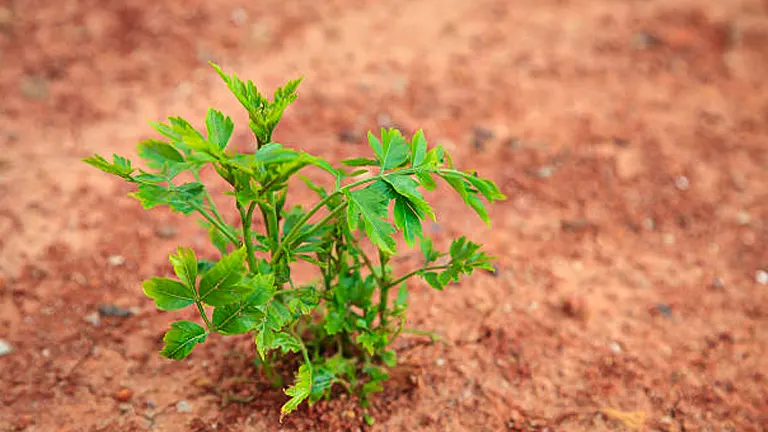
Maintaining a garden with clay soil involves specialized strategies to ensure that shrubs and other plants thrive despite the challenging conditions. This comprehensive guide provides detailed steps and unique scientific insights into maintaining healthy shrubs in clay soil, focusing on key areas like mulching, water management, and plant health care.
Maintenance Techniques for Clay Soil
Mulching:
- Spread a 2-3 inch layer of organic mulch such as wood chips, leaf mold, or straw around the base of your shrubs, extending to the drip line but not touching the stems.
- Mulch helps retain soil moisture, suppress weeds, and stabilize soil temperature.
- As mulch decomposes, it enhances soil structure by increasing the organic content, which can improve the soil’s water-holding capacity by up to 10% and increase microbial activity beneficial for plant roots.
Water Management:
- Water deeply but infrequently to encourage deep root growth. The frequency of watering should be adjusted based on weather conditions, with less frequent watering during cooler or rainy periods.
- Use a soil moisture probe to check moisture levels at root depth, ensuring that the top few inches of soil dry out between watering sessions to prevent waterlogging.
- Studies suggest that deep watering can enhance root depth in clay soil by 30-40%, improving drought resistance and stability.
Pruning and Care:
- Conduct annual pruning during the dormant season to remove dead, diseased, or overcrowded branches, which helps maintain plant health and vigor.
- Regularly inspect plants for signs of stress such as leaf discoloration or wilting. Early detection of issues like nutrient deficiencies or drainage problems can prevent more serious damage.
- Pruning cuts should be made just above a bud or branching point to promote healthy regrowth, following the plant’s natural architecture to enhance airflow and light penetration.
By implementing these planting and maintenance strategies, you ensure that your shrubs have the best possible conditions to thrive, even in the challenging environment of clay soil.
Overcoming Common Challenges
Gardening in clay soil can present unique challenges that require specific solutions to ensure the health and vitality of your shrubs. Here are some of the most common issues and how to address them:
- Compaction: Clay soil tends to compact over time, which can severely restrict root growth. Regularly aerate your soil to prevent compaction. For larger areas, consider renting a core aerator, which removes plugs of soil and allows air, water, and nutrients to penetrate deeper into the ground.
- Poor Drainage: Waterlogging is a significant risk in clay soils due to their poor drainage. To improve drainage, create raised beds or amend the soil with grit and sand along with organic matter. In severe cases, installing drainage tiles or creating a French drain might be necessary to divert excess water away from plant roots.
- Nutrient Lockup: Clay soil can lock up nutrients, making them unavailable to plants. To combat this, apply a balanced, slow-release fertilizer that provides nutrients over time, rather than all at once. Additionally, regular applications of compost or other organic matter can help improve the nutrient availability in the soil.
Related Post
- How to Build a Barn: A Step-by-Step Guide for Beginners
- How to Build a Sustainable Compost Bin: Easy and Eco-Friendly DIY
- How to Fertilize Bougainvillea: A Complete Guide for Stunning Blooms
- How to Fertilize Apple Trees: Essential Tips for a Bountiful Harvest
- How to Fertilize Lemon Trees: Secrets for Thriving Citrus
- How to Fertilize Avocado Tree: A Step-by-Step Guide for Lush Growth
- 10 Best Bow Saws to Buy in 2024: Top Picks for the Money
- Best Miter Saw For Beginners
- Top 10 Pruning Saws to Buy in 2024: Best for the Money
- 7 Best Pocket Chainsaw
Conclusion
Growing shrubs in clay soil can be a rewarding endeavor that enhances the beauty and biodiversity of your garden. With the right knowledge, tools, and strategies outlined in this guide, you can transform a challenging clay soil environment into a thriving garden sanctuary. Remember, every small step in preparing and maintaining your soil can lead to significant gains in garden health and aesthetics.
FAQs
- What makes clay soil challenging for shrubs?
Clay soil is dense and can retain a lot of water, which limits the amount of air available to roots. This can make it difficult for shrubs to establish a strong root system, potentially leading to issues like root rot if the soil is not properly managed. - Can I alter clay soil to make it more suitable for growing shrubs?
Yes, you can improve clay soil by incorporating organic matter such as compost or aged manure, which helps to break up the dense soil structure, improve drainage, and add nutrients. Regular aeration and adjusting soil pH as needed are also crucial steps. - What are the best types of shrubs to plant in clay soil?
Shrubs that naturally thrive in clay soil include Witch Hazel, Spirea, and Hydrangea. These species are well-suited to the water retention and dense nature of clay, and they can also enhance your garden’s aesthetic appeal. - How deep should I plant shrubs in clay soil?
Shrubs should be planted at the same depth they were growing at in their nursery pot. It’s important not to plant shrubs too deeply in clay soil, as this can exacerbate drainage issues and harm the root system. - How often should I water shrubs planted in clay soil?
Watering should be done deeply but infrequently. Clay soil retains moisture well, so allowing the soil to dry out slightly between watering will encourage deeper root growth and prevent waterlogging. - What are signs of overwatering in shrubs grown in clay soil?
Signs include yellowing leaves, soft or wilting branches, and a general lack of vigor. If the soil feels soggy or you can easily squeeze water from it, you may be overwatering. - How can I test the drainage of my clay soil before planting shrubs?
Perform a simple drainage test by digging a hole about a foot deep, filling it with water, and observing how long it takes to drain. If the water takes more than a few hours to drain, you may need to amend the soil or consider raised beds. - Are there any specific mulches that are best for shrubs in clay soil?
Organic mulches like wood chips or bark are ideal as they slowly break down, adding organic matter to the soil. Avoid using fine or non-porous mulches that can compact and hinder water and air flow.
Embrace the journey of gardening with clay soil as an opportunity to engage deeply with the natural world. Your efforts will not only bring vibrant gardens to life but also contribute to a healthier planet.

Benjamin Brooks
Forestry AuthorGreetings! I'm Benjamin Brooks, and my journey over the past 15 years has revolved around the fascinating realms of content creation, expertise in snow clearing, and the intricate world of lumberjacking and landscaping. What began as a simple curiosity about the natural world and heavy machinery has evolved into a passionate profession where my love for crafting words intertwines seamlessly with my lumberjacking and garden skills.








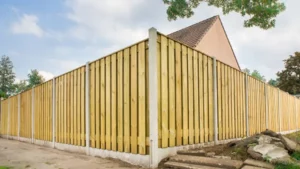




Leave your comment